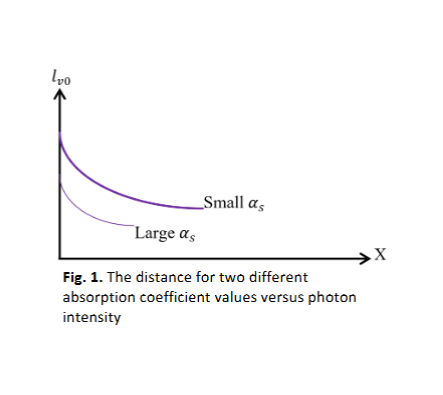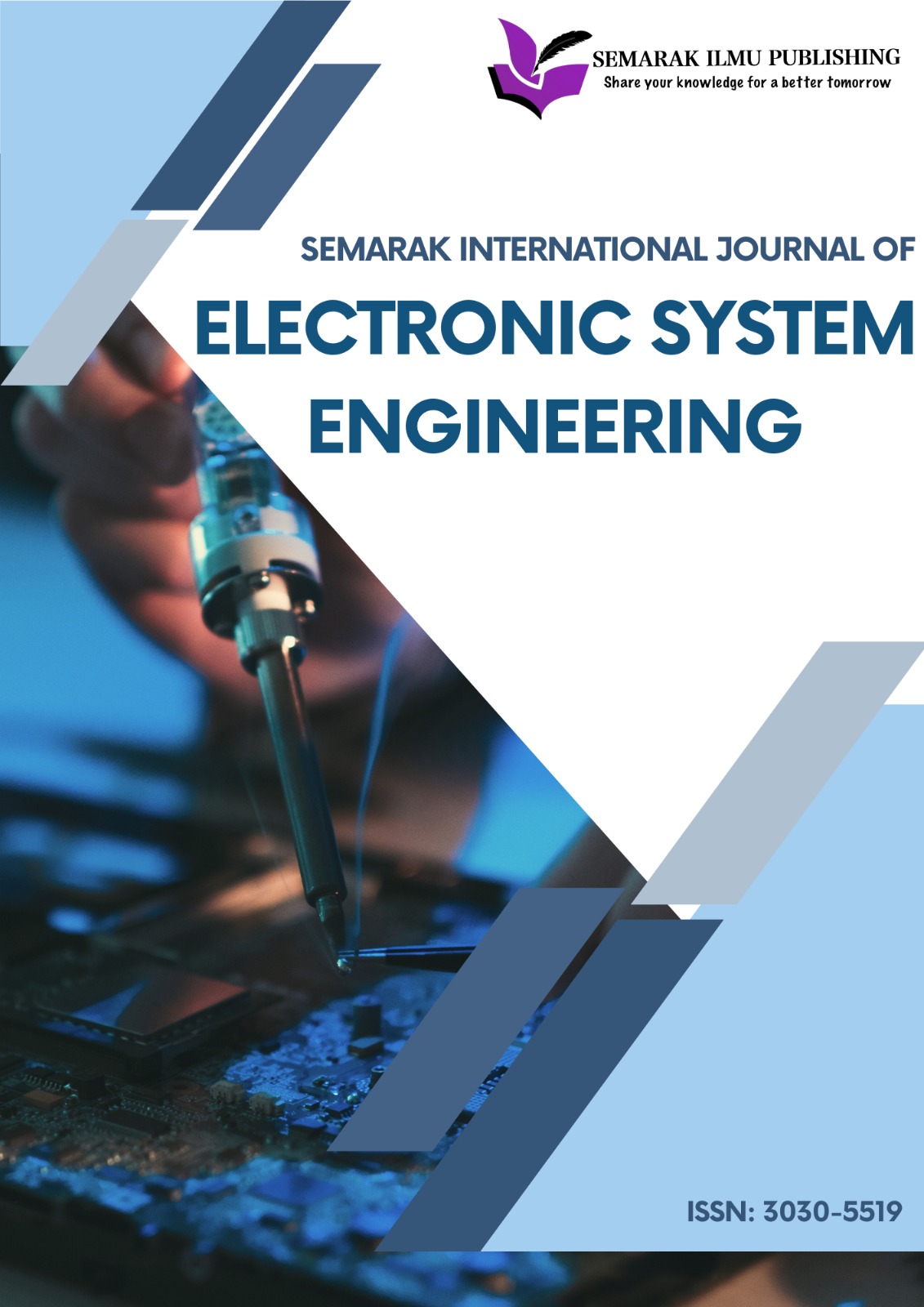Exploring Organic-Based Saturable Absorption Focusing on Spider Silk in Q-Switched Pulse Fiber Laser Applications: A Mini Review
DOI:
https://doi.org/10.37934/sijese.4.1.4378Keywords:
Erbium-doped fiber laser, fiber optic communication, natural biological material, optical pulse fiber sensor, organic-based saturable absorbers, passively Q-switched, spider silkAbstract
The fiber laser combines the fiber gain medium's function as a fiber amplifier, transforming it into laser output through integration within a cavity configuration. Meanwhile, a pulsed fiber laser is capable of generating short bursts of laser emission characterized by high peak power levels. This concept is known as Q-switching. A saturable absorber material is essential for passive Q-switching, as it is integrated into the laser cavity to produce an instantaneously Q-switched pulse fiber laser. While these materials have been effective in generating pulsed lasers, they often come with unresolved issues, such as long-term exposure to two-dimensional materials can pose health risks. To address this gap, researchers have shifted their interest toward natural or organic materials in the quest for new saturable absorbers. This mini-review provides a comprehensive overview of the saturable absorber mechanism, including essential theoretical equations and key measurement parameters. The next section continues by exploring the fundamentals and early development of saturable absorbers, followed by an in-depth explanation of the Q-switched pulse generation process using erbium-doped fiber as the gain medium and saturable absorber. Critical parameters influencing the performance of Q-switched pulse fiber lasers are discussed, with special attention given to recent advancements in organic-based saturable absorbers for Q-switching. The potential of spider silk as an innovative saturable absorber in Q-switched pulse fiber laser applications is highlighted. Finally, the review delves into the wide-ranging applications of these lasers, including tunable and switchable dual-wavelength fiber lasers with sensor for temperature measurement and to detect adulteration in pure kelulut honey and sucrose solution.
Downloads













